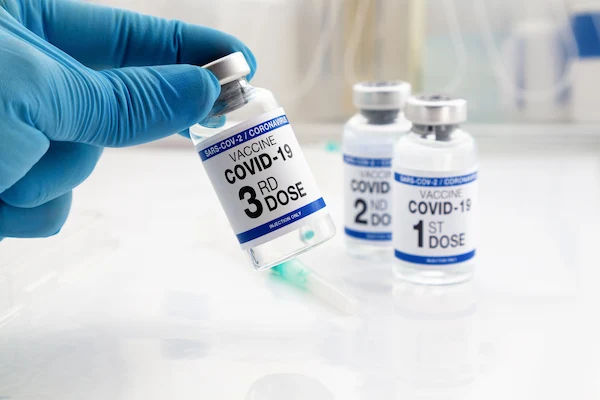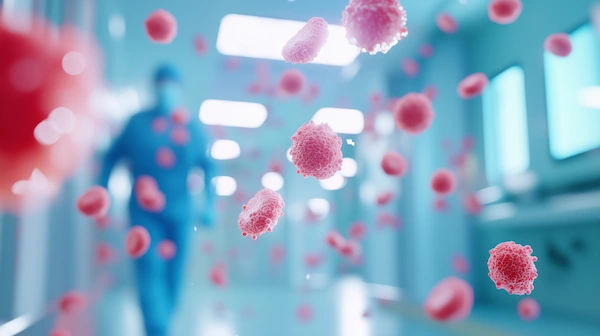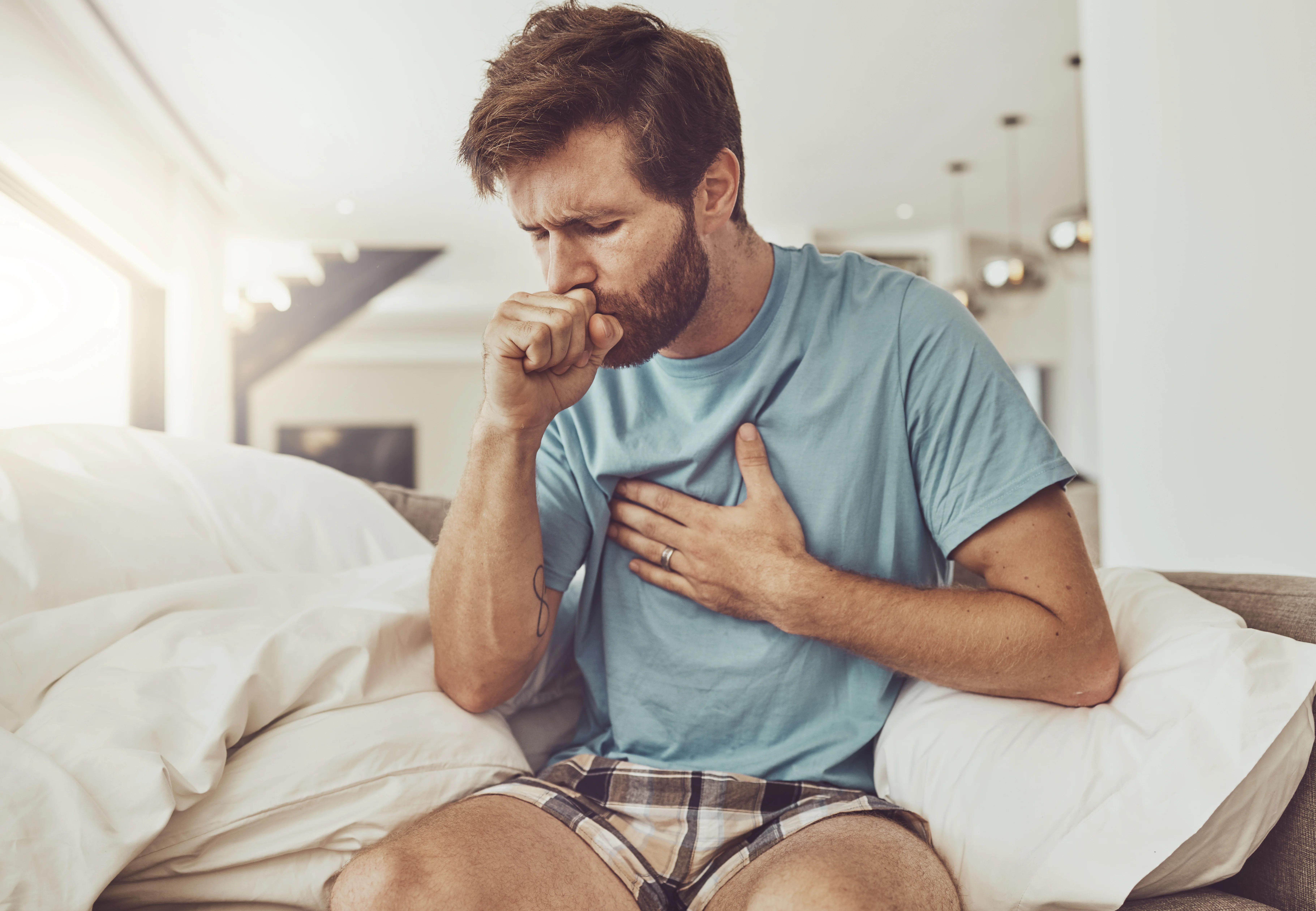Covid Infection Prevention Practical Steps That Work
Know about the covid infection prevention. What it sis, role of hygiene, vaccines, masks, respirators, how to use them, making inside air safer and more.

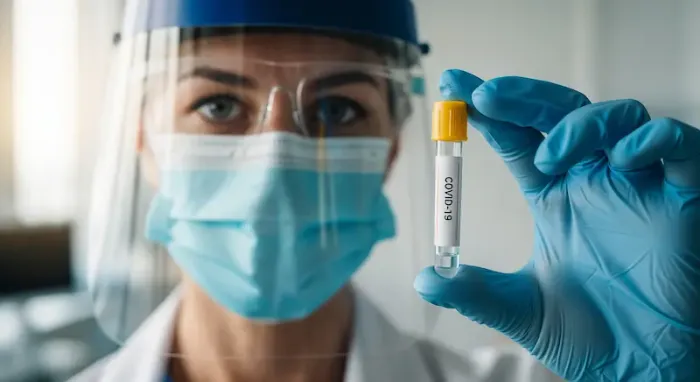
Introduction
COVID-19 may no longer dominate headlines, but the virus still circulates—and infections can disrupt your life, family, and work. The good news: a few practical steps can dramatically lower your risk of infection and help protect others. This guide distils evidence-based COVID infection prevention into clear, doable actions you can use every day, at home, work, school, and when travelling. We’ll explain how COVID spreads, why layered protection works better than any single tactic, and how to use the most effective tools: vaccines, masks, ventilation, hygiene, and smart testing without overcomplicating your life. You’ll also find tips for protecting high-risk loved ones, navigating events and public transport, and spotting misinformation. Let’s cut through the noise and focus on what actually works.
Understanding COVID-19 Infection and How It Spreads
COVID-19 primarily spreads through the air. When an infected person breathes, talks, coughs, or sings, they release tiny particles that can hang in the air—especially indoors with poor ventilation. In close, shared air, these aerosols build up, increasing the chance of infection even without direct contact. This is why indoor, crowded, and poorly ventilated spaces carry a higher risk than open, outdoor settings.
Droplets and contact do play smaller roles. Larger droplets fall quickly; being close to someone who’s contagious, particularly during the first few days of symptoms or just before they start, adds risk. Surface transmission (touching contaminated objects and then your eyes, nose, or mouth) is possible but less common than airborne spread. Focus most on the air you share; use hand hygiene and targeted cleaning to address the rest.
Layered prevention is the most reliable strategy. Think of your risk as a “budget” that changes with context. During higher community spread, surge periods, or if you live with someone at high risk, stack your protections: stay up to date on vaccines, wear a well-fitting mask in crowded indoor spaces, improve ventilation, test when exposed or symptomatic, and stay home when sick. Outdoors, or in well-ventilated spaces with low local transmission, you can adjust layers down. This dynamic, “right-sized” approach reduces infection risk while fitting daily life.
Consult Top General Practitioner for Personalised Advice
Vaccines: The Cornerstone of COVID Prevention
COVID vaccines remain the single strongest tool to prevent severe illness, hospitalisation, and death—even as variants evolve. Being “up to date” means receiving the most recent vaccine dose recommended for your age and risk status. For many adults, that’s a seasonal updated shot aligned to circulating variants. Immunity does wane over time, especially against infection; boosters restore protection and broaden your immune response.
Masks and Respirators: When and How to Use Them
Masks work best when they fit well and filter efficiently. Respirators like N95/FFP2/FFP3 and quality KN95s provide superior filtration and a snug seal, reducing both your exposure and the chance you’ll spread infection if you’re contagious. Surgical masks offer moderate protection, especially if secured tightly; multi-layer cloth masks are the least protective but still better than nothing.
Fit matters. Small tweaks can deliver big gains: adjust the nose wire to seal gaps, use mask fitters or braces, and choose sizes that seal along cheeks and chin. If your glasses fog or you feel air escaping with exhalation, the seal can improve. For children, look for child-sized respirators or well-fitted surgical masks with a brace.
When to mask:
1. Crowded indoor spaces with poor ventilation (public transport, busy shops, events)
2. Healthcare settings or when visiting high-risk individuals
3. During community surges or after a recent exposure
4. If you’re recovering from COVID and need to be around others
Ventilation and Air Cleaning: Making Indoor Air Safer
Cleaner air reduces infection risk the way clean water prevents disease. Start with fresh air: open windows and doors when possible, create cross-breezes with fans, and hold gatherings outdoors. Even brief “air flushes” during breaks can lower the concentration of infectious particles in a room.
Portable HEPA air purifiers significantly reduce airborne particles, including viruses, in enclosed spaces. Choose a unit sized for your room’s square footage and run it on a higher setting when multiple people share the space. In budget-conscious settings, DIY Corsi-Rosenthal boxes with box fans taped to high-efficiency HVAC filters have shown substantial particle reduction in classrooms and offices. Regular filter changes maintain performance.
CO2 as a proxy: People exhale CO2. In occupied rooms, elevated CO2 levels often signal insufficient fresh air. While CO2 doesn’t measure the virus directly, readings above roughly 800–1000 ppm suggest you may benefit from more ventilation or air cleaning. In workplaces and schools, measuring and improving air changes per hour (ACH) can deliver sustained benefits for infection prevention and cognitive performance.
Testing, Isolation, and Staying Home When Sick
Testing helps you act early. Rapid antigen tests are fast and practical for detecting higher viral loads, useful when you have symptoms or before visiting someone at high risk. RT-PCR tests are more sensitive and can detect infection earlier, but results may take longer. If you had a known exposure, test around day 3–5, and again if symptoms develop. If a first rapid test is negative but you feel ill, repeat testing over 24–48 hours increases accuracy.
Isolation basics: If you test positive or have symptoms consistent with COVID, stay home and away from others, especially high-risk household members. Use a separate room and bathroom if possible; improve ventilation and wear a well-fitted respirator when you need to be around others. You’re typically most contagious in the first 3–5 days. Some people remain infectious longer; a negative rapid test late in illness can help guide when you’re less likely to transmit.
Household protection: Increase clean air (open windows, run HEPA purifiers), mask indoors when sharing space, and deliver meals to the door. Clean high-touch surfaces like doorknobs, taps, and phone screens. Consider testing other household members if symptoms appear.
If symptoms persist beyond two weeks, consult a doctor online with Apollo24|7 for further evaluation. If you need a confirmatory test or can’t leave home, Apollo24|7 offers convenient home collection for RT-PCR.
Hygiene, Cleaning, and Disinfection That Actually Work
Hand hygiene still matters—just prioritize it where it counts. Wash with soap and water for at least 20 seconds after returning home, before eating, after using the restroom, and after coughing or sneezing. When soap isn’t available, use an alcohol-based sanitizer (at least 60% alcohol) and cover all hand surfaces until dry].
Cleaning vs. disinfection: Routine cleaning with detergent removes germs from surfaces; disinfection kills them. For COVID prevention, focus on high-touch surfaces—doorknobs, light switches, faucets, phones, keyboards, and remote controls—especially if someone is ill. Daily disinfection during illness can help; otherwise, regular cleaning is usually sufficient. Avoid “hygiene theater” where effort doesn’t match risk—airborne transmission is the main route.
Shared items and food safety: Don’t share utensils, cups, or towels when someone is sick. Normal dishwashing with hot water and detergent is effective. For laundry, regular detergent and warm water are fine; dry thoroughly.
Living With COVID
Layering Risk for Families, Travel, and Events. If you live with high-risk loved ones, simple routines go a long way: keep up with vaccines, test when symptoms start or after higher-risk exposures, and bring back masks in crowded indoor spaces—especially during local surges. Improve home ventilation: crack open windows, run kitchen/bath fans, and use a HEPA purifier in shared rooms and bedrooms.
Travel tips: Airports and airplanes are mixed-risk environments. Airports and boarding lines can be crowded and poorly ventilated; wear a respirator throughout. On planes, ventilation is best in flight with HEPA running; risk can rise during boarding and deplaning when systems cycle. Keep your mask on throughout, especially on full flights. In hotels, increase airflow by opening windows if possible and running a portable purifier. For trains and buses, treat them like crowded indoor spaces—mask and avoid peak times if you can..
Work, school, and events: Advocate for better air—MERV-13 filters, verified airflow rates, and portable HEPA units. Normalize “stay home when sick” policies. For events, choose venues with outdoor options or good ventilation; consider pre-event rapid testing when meeting high-risk individuals. If you get sick, prioritize rest and isolation to prevent onward spread.
Mental Health, Misinformation, and Community Responsibility
Guidance evolves as the virus and evidence change. It’s normal to feel fatigue. Focus on what’s stable: vaccines reduce severe outcomes; masks and clean air reduce transmission; testing helps guide decisions; staying home when sick protects others. Build routines that don’t feel burdensome: keep a few respirators on hand, a compact purifier for small rooms, and a habit of testing with symptoms.
Misinformation spreads faster than viruses. Rely on trusted sources such as WHO, CDC, ECDC, and your national health authority. Be wary of absolute claims, low-quality studies presented as definitive, or “miracle cures.” If something sounds too good to be true, check multiple reputable sources before sharing ].
Community responsibility is simple: if you’re sick, don’t mingle; if you test positive, tell close contacts so they can protect others; if you’re hosting, aim for good ventilation and encourage testing when appropriate. Small acts—opening windows, wearing a mask around vulnerable people, and staying up to date on vaccines—scale to big impact when many people participate.
When to Seek Medical Care and Testing Support
Most healthy people recover at home with rest, fluids, and over-the-counter symptom relief. Seek medical advice urgently if you develop red flags: trouble breathing, chest pain, persistent high fever, confusion, dehydration, or oxygen saturation below 94% on home pulse oximetry (or below your baseline if you have lung disease) [2]. People at higher risk—older adults, pregnant people, and those with chronic conditions or weakened immunity—should contact a clinician promptly after a positive test to discuss eligible treatments.
If your condition does not improve after trying these methods, book a physical visit to a doctor with Apollo24|7. If symptoms persist beyond two weeks, consult a doctor online with Apollo24|7 for further evaluation. For confirmatory testing, Apollo24|7 offers convenient home collection for COVID-19 RT-PCR.
Conclusion
COVID prevention doesn’t have to be complicated. By focusing on the main route of infection—shared air—you can make a few smart moves that pay off every day: keep vaccines current, carry a comfortable high-filtration mask for crowded indoor spaces, improve ventilation or run a HEPA purifier where you spend time, and use rapid tests to guide decisions when you feel sick or before seeing vulnerable people. Add consistent hand hygiene and targeted cleaning, and you’ve covered the essentials of covid infection prevention without overhauling your life. Prevention is also about community: staying home when ill, communicating with close contacts after a positive test, and supporting clean-air practices at work and school. These habits lower your chance of infection and help protect those at higher risk of severe disease. If your symptoms persist beyond two weeks, consult a doctor online with Apollo24|7 for further evaluation, and consider home RT-PCR collection if needed.
Consult Top General Practitioner for Personalised Advice
Consult Top General Practitioner for Personalised Advice

Dr. Mainak Baksi
General Practitioner
13 Years • MBBS , MD (MPH)
Howrah
Mainak Baksi Clinic, Howrah
(50+ Patients)

Dr. Vasanthasree Nair
General Practitioner
15 Years • MBBS
Angamaly
Apollo 24|7 Clinic - Kerala, Angamaly
(500+ Patients)

Dr Suseela
General Physician
5 Years • MBBS
Bengaluru
Apollo Medical Center, Marathahalli, Bengaluru
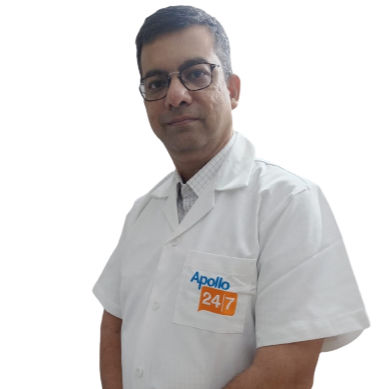
Dr. Rajib Ghose
General Physician/ Internal Medicine Specialist
25 Years • MBBS
East Midnapore
VIVEKANANDA SEBA SADAN, East Midnapore

Dr. Suvadeep Sen
Critical Care Specialist
12 Years • MBBS, MD, FNB (CRITICAL CARE MEDICINE), EDIC
Mumbai
Apollo Hospitals CBD Belapur, Mumbai
Consult Top General Practitioner for Personalised Advice

Dr. Mainak Baksi
General Practitioner
13 Years • MBBS , MD (MPH)
Howrah
Mainak Baksi Clinic, Howrah
(50+ Patients)

Dr. Vasanthasree Nair
General Practitioner
15 Years • MBBS
Angamaly
Apollo 24|7 Clinic - Kerala, Angamaly
(500+ Patients)

Dr Suseela
General Physician
5 Years • MBBS
Bengaluru
Apollo Medical Center, Marathahalli, Bengaluru

Dr. Rajib Ghose
General Physician/ Internal Medicine Specialist
25 Years • MBBS
East Midnapore
VIVEKANANDA SEBA SADAN, East Midnapore

Dr. Suvadeep Sen
Critical Care Specialist
12 Years • MBBS, MD, FNB (CRITICAL CARE MEDICINE), EDIC
Mumbai
Apollo Hospitals CBD Belapur, Mumbai
More articles from Covid
Frequently Asked Questions
1) What is the single most important step for covid infection prevention?
Staying up to date with vaccination to reduce severe disease, combined with clean indoor air and a well-fitting mask in crowded spaces, offers the strongest protection.
2) Do I still need to clean surfaces to prevent COVID-19?
Focus on high-touch surfaces, especially if someone is sick. Airborne transmission dominates; prioritize ventilation, masks, and hand hygiene over excessive surface disinfection.
3) When should I use a rapid antigen test versus RT-PCR?
Use rapid tests when symptomatic or before meeting high-risk people; repeat after 24–48 hours if negative and still unwell. RT-PCR is more sensitive early and may be helpful if you’re high-risk or need confirmation.
4) How can I reduce my risk of long COVID?
Lower your chance of infection and reinfection through layered protection—vaccination, masking in crowded indoor spaces, and better ventilation are the best available strategies.
5) What are the best covid prevention tips for travel?
Wear a high-filtration mask in airports, on planes, and on public transport; time your vaccine update before travel; consider a rapid test before visiting vulnerable people; and improve air in hotel rooms by opening windows or using a portable purifier.
